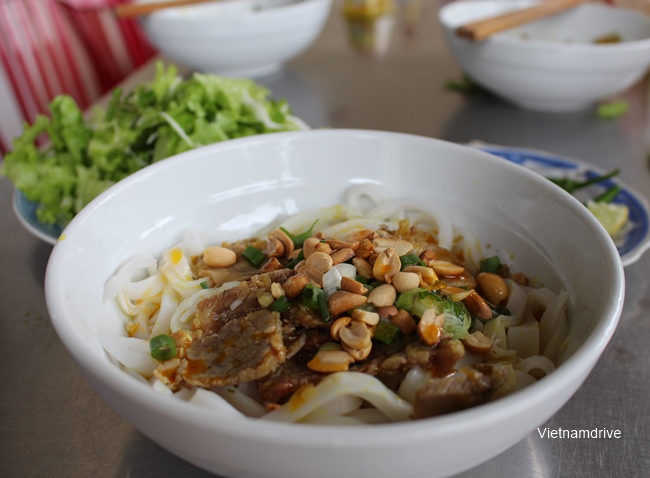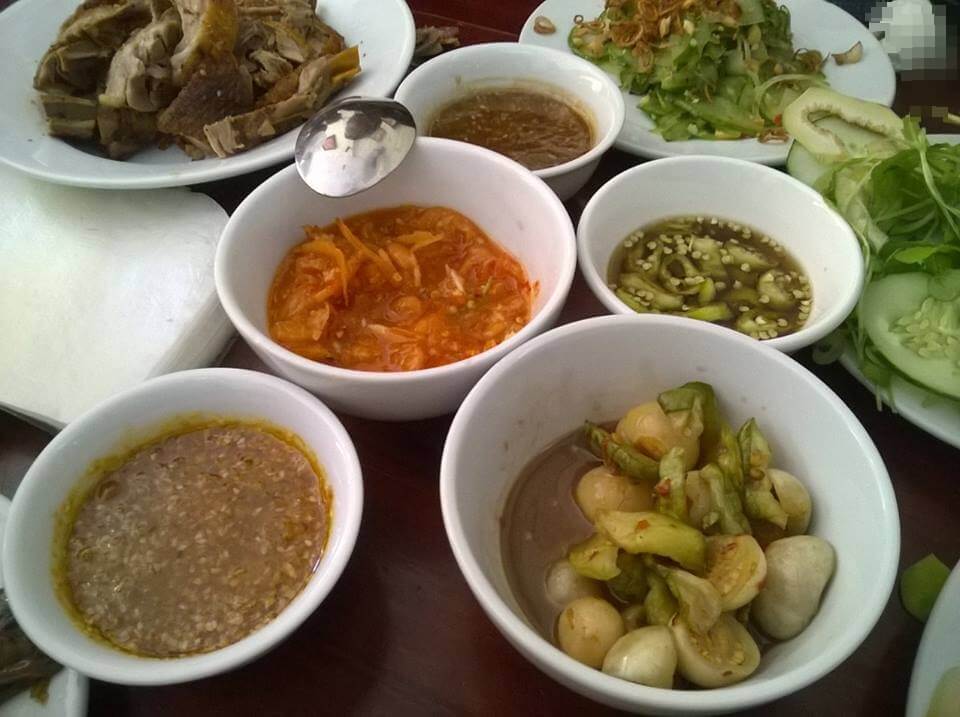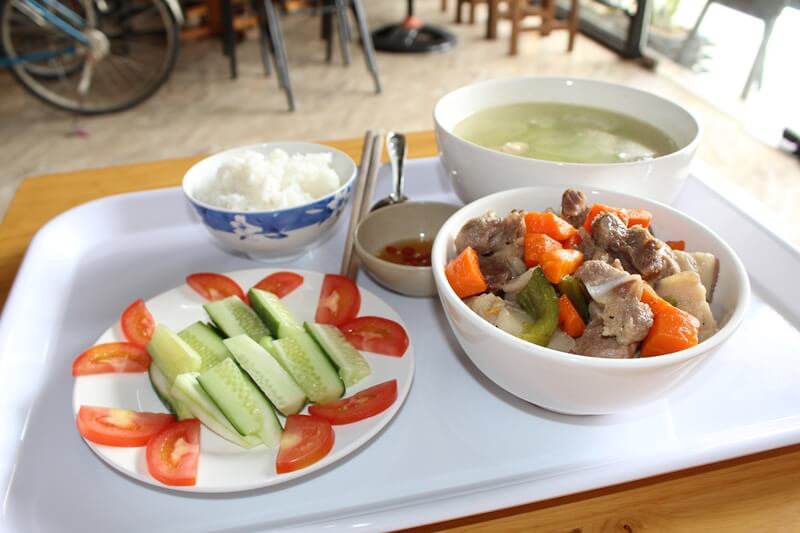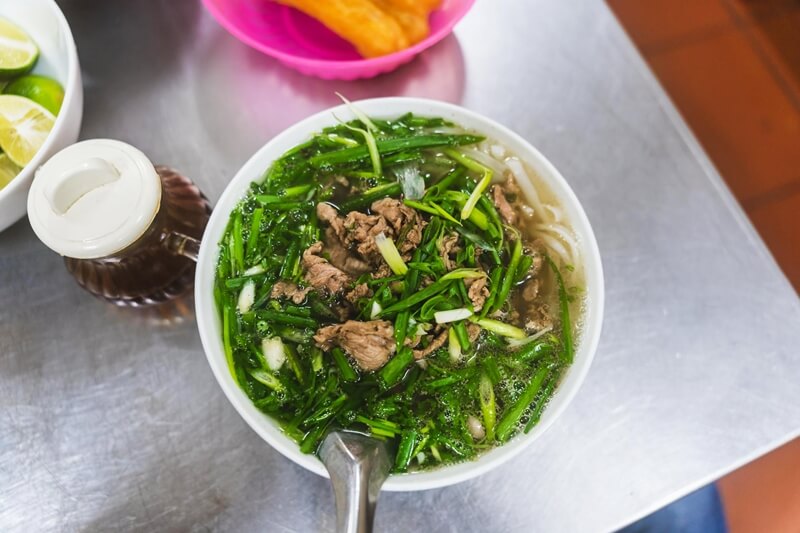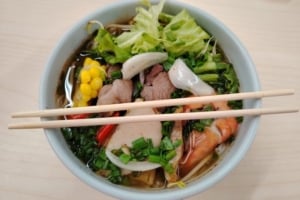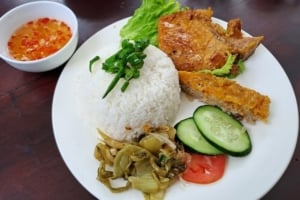North, Central, and South Vietnam have unique ways of eating and cooking, making great local food to taste and learn more about the culture of each region.
Vietnamese cuisine is rich and different in each region, reflecting the typical life stay of the local people. You can find it in the way of using spices and in the eating habits. Thus, many tourists rated Vietnamese food as the top food in the world.
Now, we will learn more about the culinary art of Vietnamese food.
1. The process of cooking
Use mainly rice, vegetables, fish sauce, and herbs to cook.
Vietnamese cuisine originates from agriculture. The rice is commonly used in the menu of the Vietnamese people. Most of the dishes in Vietnam are made from rice, Vietnamese vegetables, and fruits. Thus, they are low in fat and good for health.
When making food, the Vietnamese often use fish sauce to cook, combined with a lot of natural spices, so the dish is very delicious and fragrant. Typically, each dish has a different sauce to make its taste more specific.
Vietnamese dishes also include a variety of ingredients, such as meat, shrimp, and crab, along with vegetables, beans, and rice. Also, fresh food tastes come along the cooking process – mainly boiled or steamed, making the food rich in vitamins and protein.
As you know, Vietnamese people often use a lot of spices, such as ginger, turmeric, onion, garlic, citronella, and other Vietnamese herbs, creating the unique flavor of the dishes.
The spices are used in a mutually harmonious way. This combination is also a method to neutralize the poison, creating a good effect as traditional medicines.
2. The habit of eating
Eat with chopsticks, and use many senses to taste the food.
The Vietnamese eat not only “scientifically” but also “perfectly”. Perfect eating is to eat with all five senses.
That is eating with your eyes: food has to be prepared beautifully and colorfully, and eating with your nose: there are nice flavors of the food and the sauce.
Vietnamese people eat both “by ear“. It is interesting to hear the sound of food. Finally, that is enjoying the food and taste with the tongue. All of those senses create the feelings of eaters when eating.
All dishes are ready to be prepared on the table. The whole family is gathering on the tray. There is a cup of fish sauce on the central table. All people use the same cup of fish sauce and eat a bowl of soup. This feature shows the community culture of eating and drinking in Vietnam.
They use chopsticks to take the food from the general dishes to their own bowls or dip food in the fish sauce dish.
Cultural shock: Some Vietnamese people sometimes pick the food to invite others with their own chopsticks or spoons. This activity makes some foreigners feel dirty. To avoid this cultural shock, the guests can take the fish sauce to cover the piece of food that is invited because the fish sauce can kill gems on the food.
The way of eating of the Vietnamese people is also emotional and hospitable. Before eating, children must invite grandparents, parents, older people, and guests. This thing reflects both courtesy and respect for others.
>>> Please see more of the cultural rules in Vietnamese meals.
3. The characteristics of cuisine in Vietnam
Vietnamese people easily absorb the culinary culture of other ethnic groups and different regions from which to process their own. The differences in geographic, cultural, ethnic, and climatic characteristics have formed specific characteristics of each place in Vietnam.
Northern cuisine is moderately flavored, not too intense but colorful, and mainly uses diluted fish sauce and shrimp sauce. Hanoi cuisine is considered the culinary essence of the North with delicious dishes, such as Pho – one of the traditional noodles in Vietnam, Thanh Tri rolls, and special spices, including tomato sauce or Lang basil.
In the central region, foods have a strong taste, spicy and salty. Also, the colors for foods are rich and vibrant. A highlight of the central cuisine is famous for sour shrimp sauce and fish sauce. Typically, Hue cuisine is influenced by royal cuisine, so it is careful in processing methods to cook and prepare it, presenting it with different colors and plenty of quantities of dishes.
Southern cuisine, due to the influences of Chinese, Cambodian, and Thai cuisines, is a bit spicy. And especially, there are wild foods that have become specialties, such as mice cooked with coconut water or snakes cooked green bean porridge.

